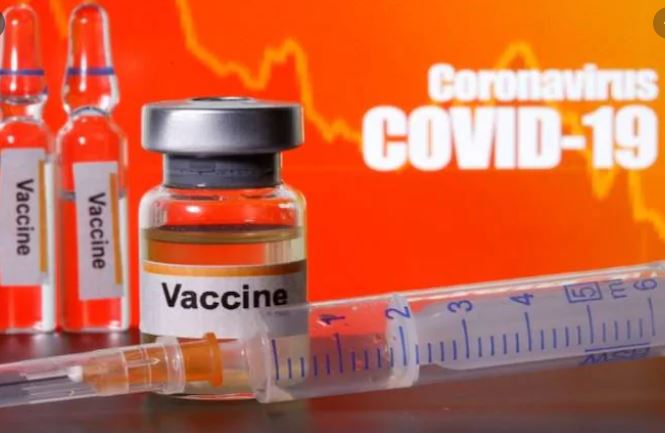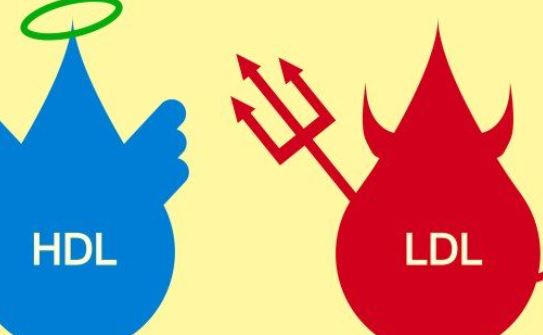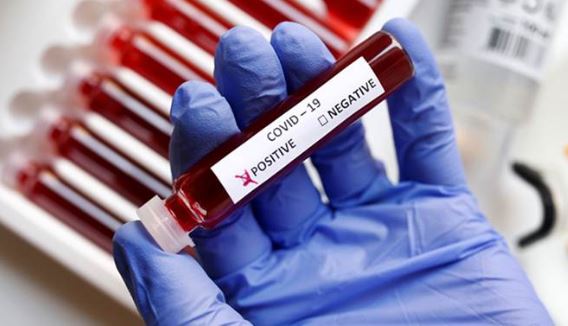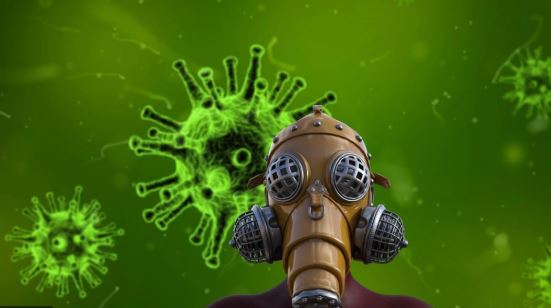What does zoonotic diseases mean? How do they spread? Like Coronavirus pandemic ?
The coronavirus pandemic that has infected nearly a million people and has caused 47,235 deaths so far, we are now familiarized with a new term called ‘zoonosis’ or also called ‘zoonotic’. Although it is not yet clear which animals were the sources of the new coronavirus – was it bats? Was it pangolin? Was it both? But some scientists believe that SARS-CoV-2, the virus that causes COVID-19, originates from animals.
So, what exactly this scientific word mean?
According to the World Health Organization (WHO), a zoonosis is any disease or infection that is naturally transmitted from vertebrate animals to humans.
Animals thus play an essential role in maintaining zoonotic infections in nature.
Zoonoses may be bacterial, viral, or parasitic, or may involve unconventional agents.
As well as being a public health problem, many of the major zoonotic diseases prevent the efficient production of food of animal origin and create obstacles to international trade in animal products. The reactions to these virus can vary for mild to serve and even fatal.
According to the US site for Centers for Disease Control and Prevention (CDC), zoonotic diseases or zoonoses are when germs are spread between humans and animals.
So, Zoonotic diseases may be endemic, which means it is spread only in defined region or population, or they may be epidemic, when their spread is more far-reaching.
A pandemic is a worldwide epidemic. And Coronavirus has been designated a pandemic by the WHO.
So, how do infections jump from animals to people?
According to the National Institutes of Health, almost 16 percent of all deaths worldwide can be attributed to infectious diseases, and zoonoses account for 60 percent of known infectious diseases and 75 percent of emerging infectious diseases.
Direct contact: While petting or touching animals, and bites or scratches.
Indirect contact: Coming into contact with areas where animals live and roam.
Vector-borne: Being bitten by a tick, or an insect like a mosquito. Eating or drinking contaminated food.
Water-borne: Drinking or coming in contact with water that has been contaminated with feces from an infected animal.
While it is not yet clear which animals were the source of the new coronavirus, here’s a list of common animals and some of the diseases we can get from them:
Cats: toxoplasmosis; Pasteurella; ringworm
Bats: Ebola virus; SARS; MERS; rabies; Nipah virus; Hendra virus
Dogs: rabies; noroviruses; Pasteurella; salmonella; ringworm; hookworm
Ticks: Lyme disease; Rocky Mountain spotted fever; Powassan disease
Mosquitoes: malaria; dengue; West Nile virus; Zika virus; Chikungunya virus
Birds: bird flu (H1N1, H5N1); salmonella; psittacosis
Cows: Escherichia coli; ringworm; salmonellosis
Rodents: Hantavirus pulmonary syndrome; plague; rat-bite fever; salmonellosis










